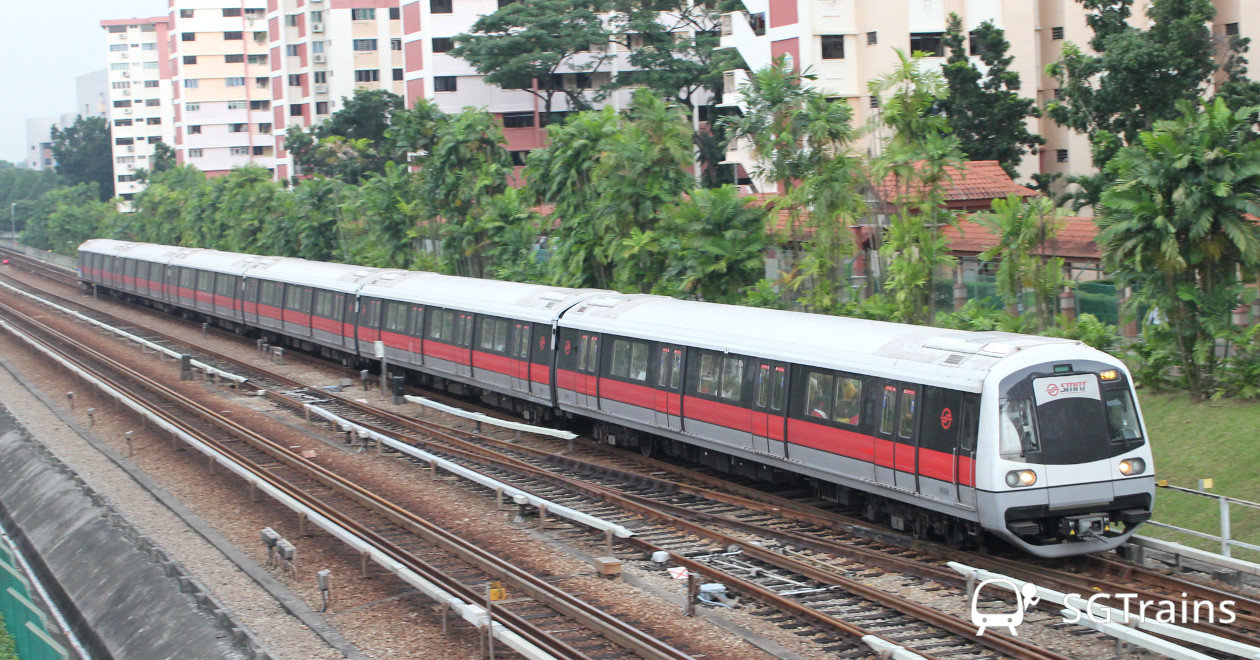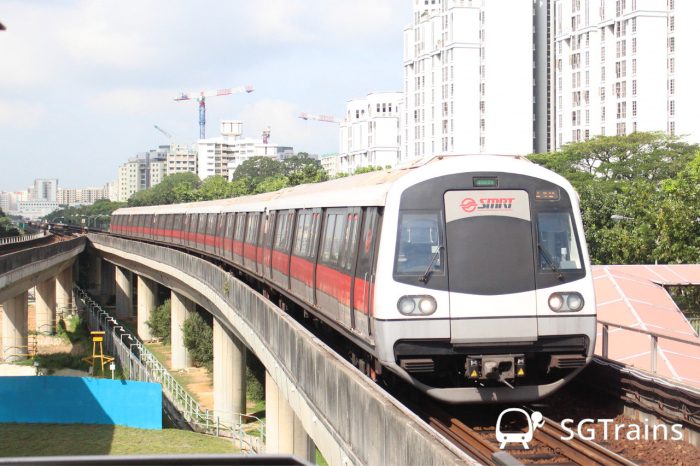If you have ridden on one of the 4th-gen C151A trains that ply on the North-South and East-West MRT lines (NSEWL), you might have noticed a new and improved feeling as the train approaches its stopping point at train stations.
First launched in 2011, the 4th-gen C151A trains make up about 21 per cent of the NSEWL’s 160-plus active train fleet, with the majority now deployed on the North-South Line (NSL), at the time of posting, according to crowdsourced trainspotting platform SGTrains Spotters.
Interested in reading our future posts?
Follow us on Facebook, Instagram and Telegram to get the latest updates!
C151A trains observed with improved ‘1-step’ braking profile
It is worth noting beforehand that all NSEWL trains, despite having a train captain manning the front, are capable of fully automated train operations since the commissioning of the Communications-Based Train Control (CBTC) signalling system in 2017 and 2018.
Local trainspotters observed in early May this year that about a handful of C151A trains had started to align at the station’s correct stopping point (CSP) much quicker, similar to the newer generations of NSEWL trains.
Before this, C151A trains using the previous braking profile would use regenerative braking up to the point where alignment starts, where it transitions into the ‘docking’ phase and coasts at around 2-3 km/h before commanding the friction brakes just before the CSP.
LEARN MORE: Kawasaki Heavy Industries & CSR Sifang C151A »
This docking phase would take up to seven seconds, or nearly 10 seconds at certain stations in the worst case, to align at the CSP, which is not time-efficient for both commuters and adherence to the timetable, compared to the improved braking profile.
The update, dubbed the ‘1-step’ braking profile by trainspotters, significantly reduces the time needed for trains at the alignment and docking phase by smoothly transitioning from regenerative to friction braking without coasting at 2-3 km/h to the CSP.
The ‘1-step’ braking profile was introduced to the 5th-gen C151B trains and 6th-gen C151C trains around mid-2020; the C151A trains received trials of the improved braking profile from time to time since 2019 without full implementation until recently.
Most C151A trains have this improved braking profile now, and this is a long-awaited and welcome update from rail operator SMRT and signalling system supplier Thales, especially since all thirty-five C151A trains make up almost one-quarter of the active NSEWL train fleet.
MORE INFO: Running Status of NSEWL Trains »
Interested in reading our future posts?
Follow us on Facebook, Instagram and Telegram to get the latest updates!
Check Out Other Recent Posts
Teck Lee LRT station likely to open soon; will improve access to upcoming SIT Punggol campus
LTA calls tender for linking Singapore Rail Test Centre and Tuas Link MRT station
Related Links
Kawasaki Heavy Industries & CSR Sifang C151A – SGTrains
Images: SGTrains File.
This article first appeared on SGTrains.
Interested in reading our future posts?
Follow us on Facebook, Instagram and Telegram to get the latest updates!


